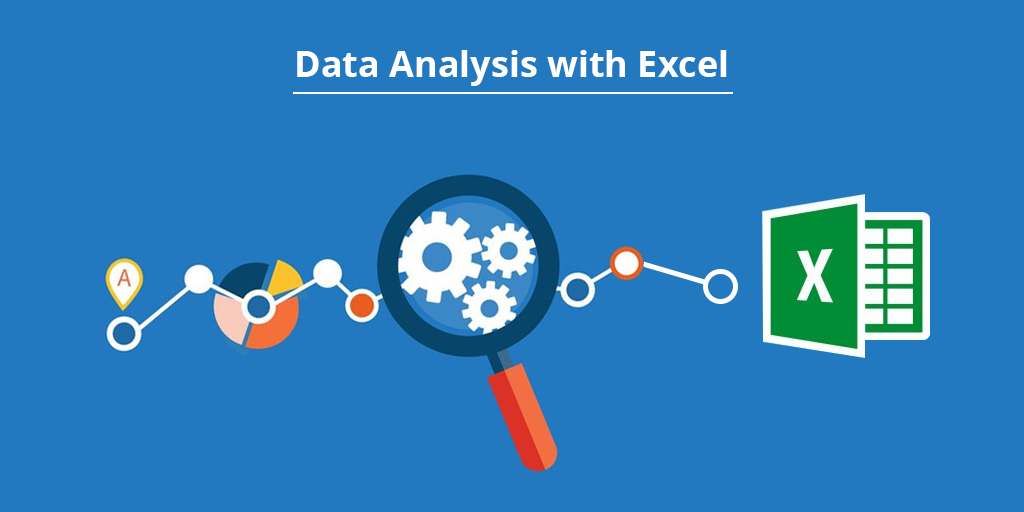Free eBooks for Beginners
Data tables are an important tool in Excel for what-if analysis, as they allow you to see the results of your analysis for multiple input values at once. With data tables, you can quickly and easily compare different scenarios and see how changes in one or more input values impact your results. In this article, we’ll take a look at what data tables are, why they’re important for what-if analysis, and how you can use Excel’s data table feature to perform what-if analysis.
Data tables are essentially tables that show the results of your analysis for different input values. For example, you could create a data table to show how changes in expenses or sales impact your bottom line, or to test different pricing strategies to see which one is most profitable. By using data tables, you can see all the results at once, which makes it easy to compare different scenarios and make informed decisions.
Excel’s data table feature is easy to use and can be found under the “What-If Analysis” section in the “Data” tab. To create a data table, you simply need to specify the input values and the formula that you want to use to calculate the results. Excel will then create a table that shows the results for each input value. You can also format and customize your data table to make it easier to read and understand.
One of the key benefits of using data tables for what-if analysis is that you can quickly and easily see the results for multiple input values at once. This makes it easy to compare different scenarios and see how changes in one or more input values impact your results. For example, you could create a data table to show how changes in expenses impact your profit margin, and then quickly compare the results for different levels of expenses to see which one is most profitable.
In conclusion, data tables are a powerful tool in Excel for what-if analysis, as they allow you to see the results of your analysis for multiple input values at once. With Excel’s data table feature, you can easily create, customize, and format data tables, making it simple to compare different scenarios and make informed decisions based on the results. Whether you’re a beginner or an experienced data analyst, data tables are a valuable tool for analyzing and understanding your data in Excel.
Excel Data Analysis for Beginner and Data Analyst : Tutorial 23 – What-If Analysis with Data Tables
 Loading...
Loading...
Disclaimer: The information and code presented within this recipe/tutorial is only for educational and coaching purposes for beginners and developers. Anyone can practice and apply the recipe/tutorial presented here, but the reader is taking full responsibility for his/her actions. The author (content curator) of this recipe (code / program) has made every effort to ensure the accuracy of the information was correct at time of publication. The author (content curator) does not assume and hereby disclaims any liability to any party for any loss, damage, or disruption caused by errors or omissions, whether such errors or omissions result from accident, negligence, or any other cause. The information presented here could also be found in public knowledge domains.
